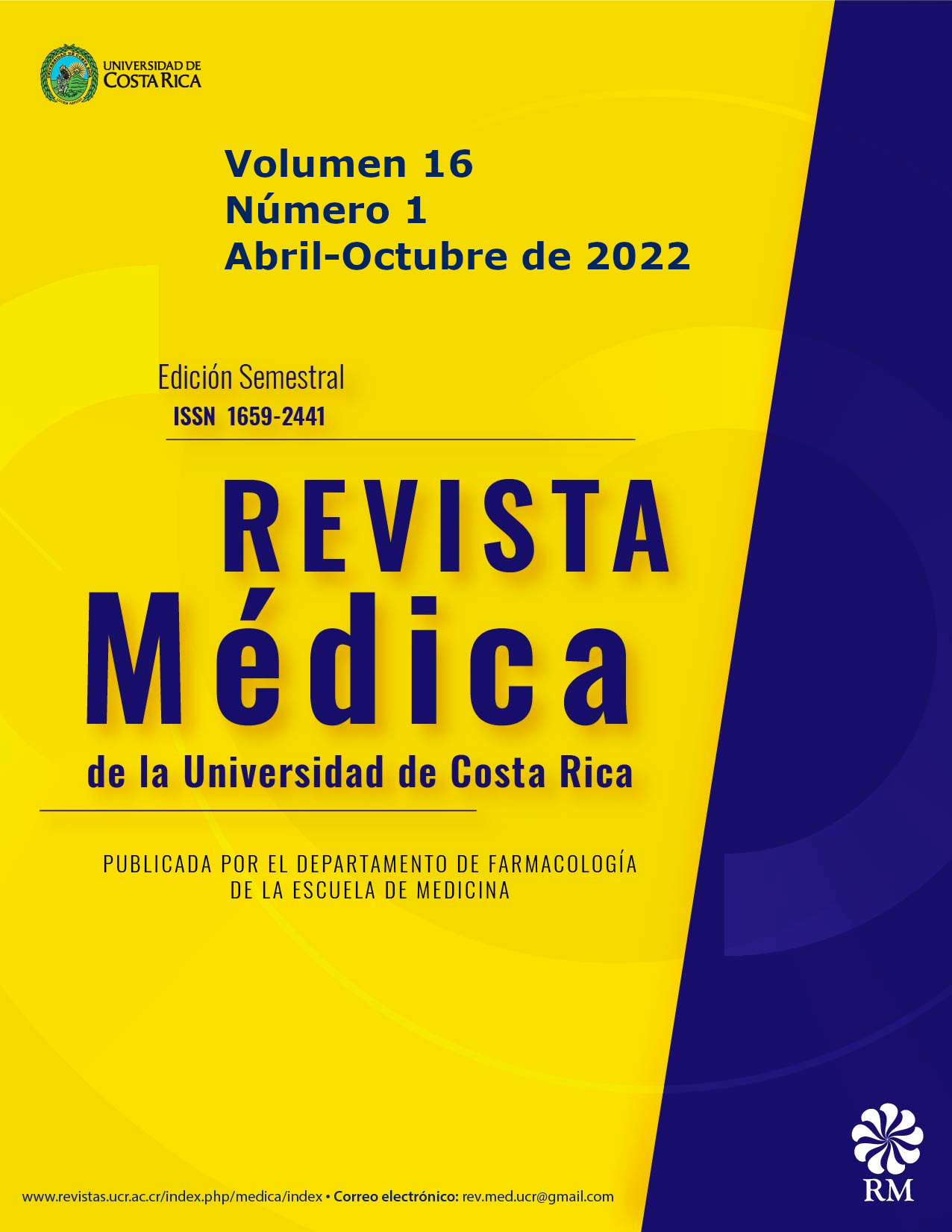Abstract
With a higher prevalence rate reported in males and a diagnosis occurring during the fifth decade of life, hepatocellular carcinoma is the highest mortality and most common liver malignancy. Hepatitis B and C virus infections, alcohol consumption, and metabolic diseases have been associated with an increased risk of developing hepatocarcinoma. The aim of this study is to describe the incidence rate of the disease, the seroprevalence of Hepatitis, hepatic impairment at diagnosis, and the overall survival rate in the main reference hospitals of the Social Security Healthcare System. A total of 518 patients were identified during the study period, 52 new diagnoses per year on average, and an incidence of 1. 21 cases per 100, 000 inhabitants. Diagnostic confirmation was carried out mainly by hepatic biopsy and patients had a mean age of 64. 2 years at the time of diagnosis. This tumor presented a predominant distribution in males, and a prevalence of Hepatitis B and C of 15. 4% and 5. 3% respectively, without sex association. In 55. 9% of the cases, a Child-Pugh stage A was recorded at the time of the initial evaluation and the overall survival rate at 5 years was 19. 5%. Overall, the population analyzed in this study shows similar characteristics to data reported worldwide. The difference described regarding the age of confirmation with respect to other western countries could be related to an earlier diagnosis in these populations. Likewise, the low prevalence reported for Hepatitis infections would suggest a non-endemic geographical area, and the implementation of accessible vaccination programs for Hepatitis B.
Key words: Carcinoma Hepatocelullar, Hepatitis Antibodies, Survival Analysis, Social Security, Costa Rica. Source:DeCS/MeSH.


